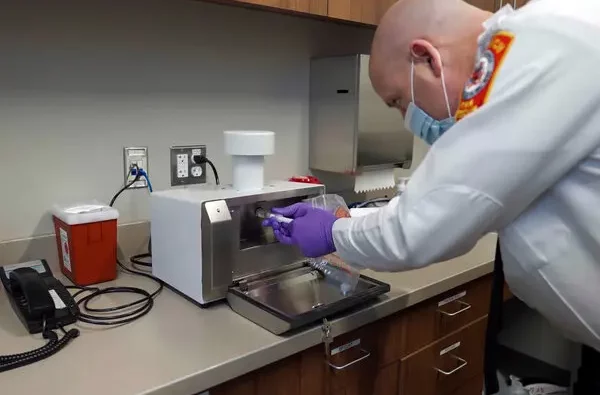
As technological advancements continue to transform our society, one of the most exciting and controversial developments in recent years is the emergence of driverless cars. These vehicles, also known as autonomous cars, have the potential to revolutionize the transportation industry and reshape our cities in profound ways.
One of the most prominent cities at the forefront of this driverless revolution is San Francisco. The city has long been a hub for technology innovation, and its proximity to Silicon Valley and a supportive regulatory environment have made it an ideal testing ground for companies developing driverless technology.
In recent years, San Francisco has become a living laboratory for autonomous vehicles, with companies like Waymo, Uber, and Cruise testing their driverless cars on the city’s streets. These vehicles use a combination of sensors, cameras, and artificial intelligence to navigate traffic and make decisions on the road, without the need for human intervention.
The proliferation of driverless cars in San Francisco has not been without controversy, however. Some residents and advocates worry about the safety of autonomous vehicles, citing accidents and incidents involving the technology. Others are concerned about the potential impact on jobs, particularly those in the transportation sector, as more and more vehicles become automated.
Despite these concerns, proponents of driverless cars point to their many benefits. They argue that these vehicles can reduce traffic congestion, improve safety, and provide greater mobility for seniors and people with disabilities. Moreover, the widespread adoption of driverless cars could lead to a more sustainable future, as these vehicles are often electric and emit fewer pollutants than traditional cars.
So, what is it like to experience the driverless future in San Francisco? To find out, I took a ride in a Waymo One autonomous vehicle, which is currently offering rides to the public in the city. My experience was both exhilarating and surreal, as I watched the car effortlessly navigate through traffic and stoplights with ease.
One of the biggest challenges facing the industry is the issue of safety. While autonomous vehicles have the potential to be safer than traditional cars, accidents involving driverless cars have raised concerns about their reliability and trustworthiness. There is also a lack of clear regulations and standards for autonomous vehicles, which can lead to confusion and inconsistency in their development and deployment.
Another major issue is the potential impact on jobs. As driverless technology continues to advance, there is a risk that many jobs in the transportation sector could be automated, leaving many workers without employment. This has led some advocates to call for policies and programs to support these workers and help them transition to new jobs and industries.
Despite these challenges, however, the potential benefits of driverless cars are hard to ignore. They could improve mobility for millions of people, reduce traffic congestion, and help create a more sustainable future. Moreover, the development of this technology could lead to new industries and job opportunities that we cannot even imagine today.
As the driverless revolution continues to unfold in San Francisco and beyond, it is clear that this technology will have a profound impact on our society and our future. As journalists, it is our responsibility to report on this emerging trend with accuracy and balance, examining both the promises and challenges of the driverless future.










